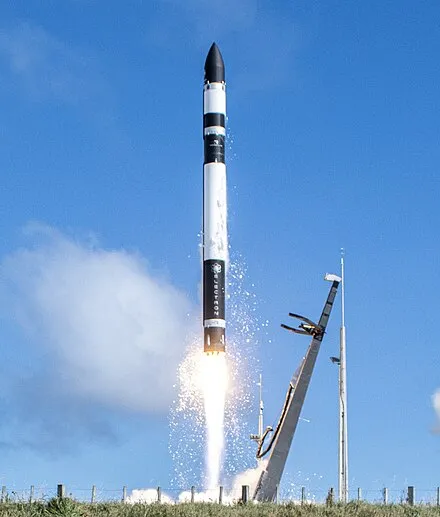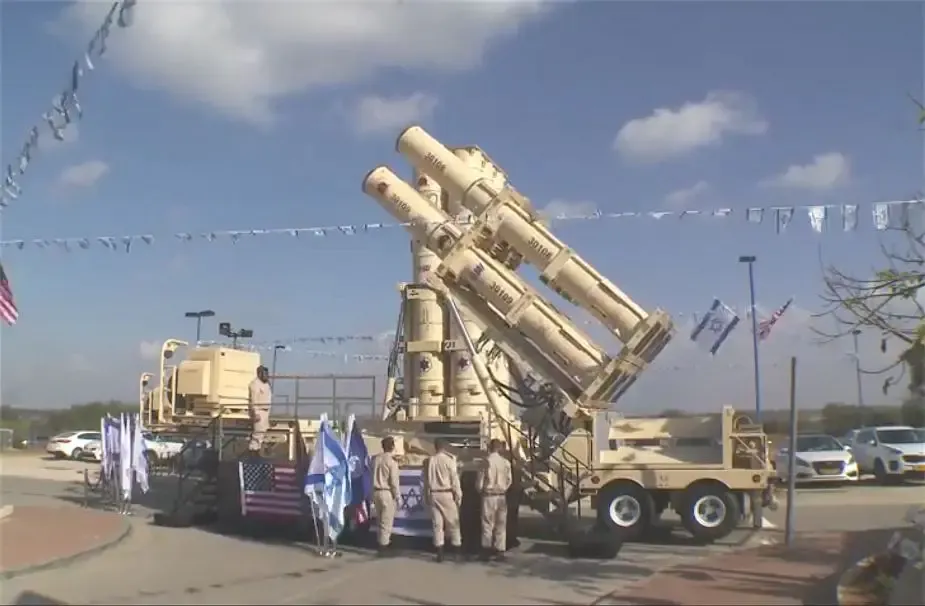Iran fired 130 intermediate range ballistic missiles (IRBM) at Israel on Sunday morning.
While I didn't hear booms or sirens in Tel Aviv, my sister-in-law in Jerusalem said the interceptions above Jerusalem were immensely loud and shook her apartment.
Cost of Iranian Missiles
I'm interested in calculating how much these IRBMs cost Iran to produce as this shed light on many things.
There were of two main types of Iranian IRBMs fired at Israel:
a) Khorramshahr a 20 Ton, 13.5m long and 1.8m diameter missile with a 1800kg warhead and up to 3000km range;
b) Emad a 19 Ton, 16.5m long and 1.38m diameter missile with a 750kg warhead and a 1700km range.
A downed Emad can be seen in this Sky News video: https://www.israelnationalnews.com/news/388599.
[UPDATE] Iran has confirmed using these relatively new missile types.
This debunks the "cope" of Iran supporters on social media that Iran only fired old missiles.
Estimating costs from Commercial Space Industry data.
While Iran has obviously not disclosed the cost of building one of these huge missiles, there is plenty of public information about the cost of similar sized rockets used in the commercial space launch business in the USA.
And yes, these missiles are big enough to put a satellite into space. Indeed Iran has used variants of these missiles to attempt to do just that. Its not clear that any have been fully successful, but the rocket body is capable of this.
The closest commercial rocket is the Rocket Lab Electron.

[Source Wikipedia]
At only 12.5 Tons it is substantially smaller than both types of Iranian IRBMs, but it is the closest in size commercial rocket so, can be used as a guide.
In the highly competitive and technologically advanced business of commercial space launch, these rockets cost USD 7.5m per launch. But these are partly reusable rockets.
Reusability, pioneered by SpaceX, has cut the cost per kg to orbit by a factor of 10x in the last decade.
Obviously IRBMs are not reusable (although Jordanians are selling the fallen Iranian IRBM casings as scrap metal) so to get the actual cost of the rocket we need to multiply by 10. That's USD 75 M, which is is line with the 100M total cost of the RocketLab Electron project.
If we scale this up proportionally for launch mass for the 20 Ton Iranian IRBM's this is USD 120 million each.
Iran is a second world economy under serious sanctions for 40 years and not able to access the cost reducing technologies that Rocket Lab and Space X can. But it probably has cheaper labour costs which may compensate.
So $120M each is a reasonable estimate for each IRBM.
I'm sure I could be out by up to 30% either way, but all my conclusions will stand even if the cost is only $60M per IRBM.
130 IRBMs @ $120M each = $15.6 Billion.
Iran fired 130 IRBMs (of which 50% failed on launch or shortly thereafter) and all except 7 of the rest were intercepted with those falling on open ground inside the perimeter of two Israeli airforce bases causing minor damage.
Total cost of the attack in IRBMs alone: US$15.6 BILLION!
Conclusions
This is an enormous amount of money for an economy with an annual GDP of only US$413Bn. This is almost 4% of GDP in 2024 wasted in a massive but ineffectual attack.
There is no way that Iran intended the attack to fail. When you are spending that sort of money you expect results.
There is no way Iran can afford to launch a larger attack as it has threatened. It will have taken many years to build those IRBMs and a huge amount of resources.
The attack cost Iran far more than it cost Israel to defend it. An Israeli former general who currently works in the defence industry and is pushing for a bigger defence budget estimated the cost of Israel's defence at US$1.5Bn.
[UPDATE: The Israeli Calcalist newspaper challenged this estimate as too high and provided an estimate of $540-670M for the total Israeli defence effort which is in line with my $200M estimate for IRBMs only.
Interestingly they quote a cost of only $2.5M for the Arrow interceptor which would reduce my estimate to $145M.]
However his calculations are clearly far too high, even on their own terms. Even accepting the quoted $3.5M price for an Arrow interceptor missile, Israel made 58 intercepts or IRBMs at a total cost of $203 million. While I have not calculated the cost of the drone interceptions, the missiles used are far cheaper air-to-air missiles and the US shot down almost half the drones. The massive over-estimate is of course in the self-interest of the General who now earns his crust selling Israeli military tech.
The Real Cost of Arrow III
An Arrow III interceptor fits into a 21 inch (0.53m) diameter vertical launch tube so has a diameter of around 0.5m. From the photo below it can be estimated to be the length of 3 soldier's heights (say 1.8m) = 5.4m long.

Source: Armyrecognition.com
Its volume is thus Pi x 0.25m^2 x 5.4m = 1.06 m3.
Compare to an Khorramshahr IRBM which is Pi x 0.9m^2 x 13.5m = 34.35 m3.
Arrow III is 34x smaller and uses far less resources to construct than a massive 16.5m IRBM. Yes, it has lots of smart electronics but while these are very expensive to develop, this is a spent R&D cost that needs to be amortised over the number produced.
That number just got a whole lot larger so the cost per unit goes down.
Indeed the focus on the retail manufacturer price of any missile is completely wrongheaded when considering costs of offensive vs defensive weapons. It is the MARGINAL cost of production that is relevant.
It is completely obvious that a missile that is 34x larger is going to be a similar ratio more expensive to produce. It is interesting that 34.35 x $3.5M is $120M which is EXACTLY the same as my estimate of the cost of a Khorramshahr based on commercial space industry costs.
Iran's attack was both an economic and strategic disaster for it.
Please vote for my Hive witness. (KeyChain or HiveSigner)